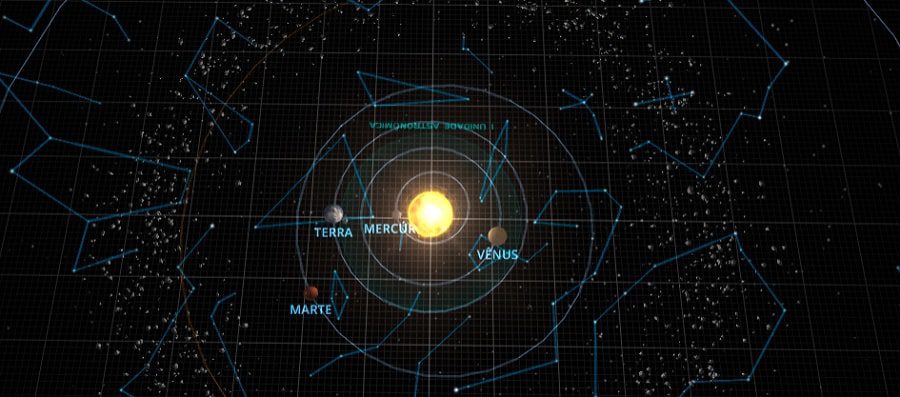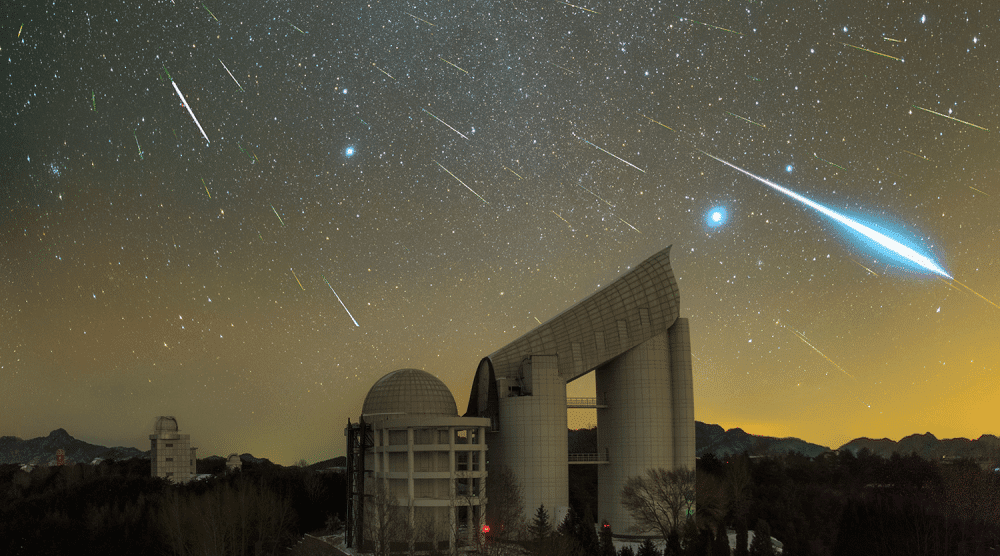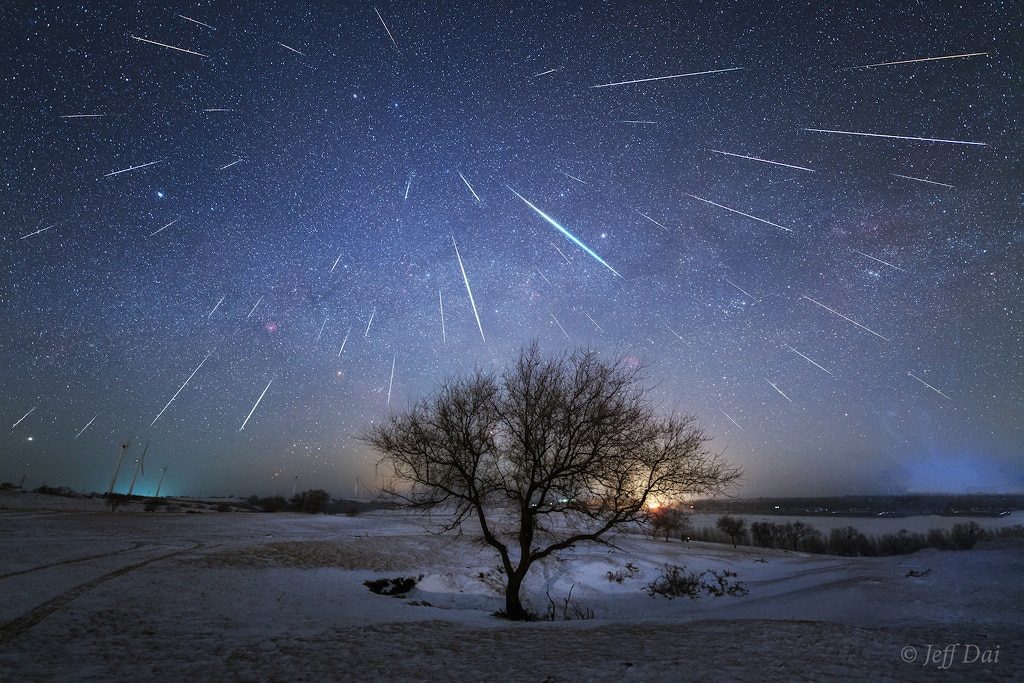The end of the year is approaching and 2022 will be filled with significant space events in our astrological calendar. However, there is still a lot to do, and October is proof of that. This month sees meteor showers, the much-anticipated Crew-5 mission launch, and partial solar eclipses in Europe, Africa and parts of Asia.
See the ephemeris for September below with the most important events. We remind you that all dates, times and geo-references are considered a Brasilia-based observer, and may vary slightly depending on your location in the country.
October 5: It’s Crew-5 time. This isn’t the first (nor the second) time that a NASA mission with SpaceX to bring astronauts to the space station has appeared in our astronomical calendar. The last delay was over the weekend due to Hurricane Ian. However, now everything seems to be fine on the fifth day. The release window opens at 1:00 PM ET, with a backup opportunity available Thursday (6) noon.
October 5On this same day, the conjunction of the Moon and Saturn occurs.
October 8: Three days later is the hour of conjunction of the moon with Jupiter.
October 8: Also on this day we have Mercury in time to be visible with the naked eye. According to In The Sly, the planet will be visible for a short time between 5:00 a.m. and 5:50 a.m., before sunrise. Mercury should be visible directly above the sun. Remember that staying away from urban centers and clear skies is important to watch.

October 8 and 9: Full Day. The date is also significant with the Draconid Meteor Shower which is expected to be at its peak around this time. However, its observation is not easy, as rain is considered light, with about 10 meteors per hour and can generally be seen more easily in the northern hemisphere.
October 9: The October full moon, otherwise known as the hunter’s moon, begins around 5:54 p.m.
October 15: Now is the time of conjunction of the Moon and Mars.
October 21 and 22: Peak Orionid meteor showers, from Comet Halley. This shower promises up to 30 meteors per hour and can be seen across Brazil at dawn, and it should appear near the constellation of Orion.

October 25: Unfortunately, this partial solar eclipse will not be visible here in Brazil. This phenomenon can be observed in Europe, North Africa, the Middle East and parts of Asia.
October 26: A Soyuz rocket will launch a cargo mission to the International Space Station (ISS).
read more:
Until this month in the ephemeris
A SpaceX Falcon 9 rocket will launch the Dragon 2 spacecraft on a resupply mission to the International Space Station.
China launches Long March 5B to construct the third segment of the Mengtian module of the Chinese Space Station.
Have you seen our new videos on Youtube? Subscribe to our channel!

“Hardcore beer fanatic. Falls down a lot. Professional coffee fan. Music ninja.”







More Stories
Robert Sovi Institute for Occupational Health and Safety Research
Starliner's first manned flight in May
Why do we feel cramps when we exercise?